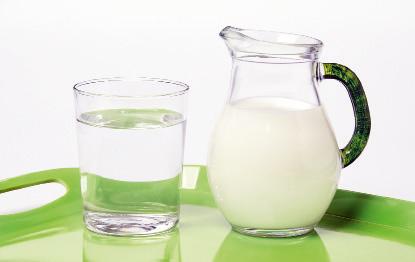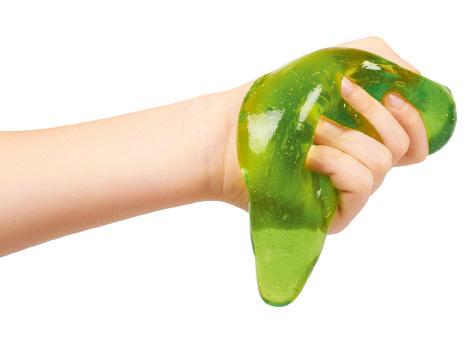
2 minute read
SCIENCE, TECHNOLOGY AND SOCIETY
It is easy to confuse science and technology, but they have many differences. Some of these are:
• Purpose. The purpose of science is to explain the world around us; technology is for manufacturing devices.
• Starting point. Science comes from the need to answer a question; technology helps us satisfy our needs.
• Procedure. Science seeks answers by testing hypotheses that must describe reality; technology consists of the design and fabrication of products that must work.
• Final product. The product of science is universal knowledge; the product of technology is a particular object.
Finding information
Would you like to be a top technician in a clinical diagnostics lab? In the anayaeducacion.es resource bank you’ll find more information on this job.

Despite these differences, science and technology are closely related. They shape society, which in turn makes decisions about the future direction of scientific and technology research.
All of these relationships make it difficult to refer individually to science, technology or society, since they are almost inseparable. Science, technology, and society (STS) refers to the study of STS relationships (figure below).
The following page shows some examples of the relationships between science, technology and society, with which you live every day.


Science influences society, allowing us to know the world in which we live and improve our living conditions. Society, for its part, may decide what to research and influence science via subsidies.
Science needs technology to improve instruments for observations and measurement, which are possible due to scientific advances.
Technology improves or harms our lives depending on how we use it. At the same time, society shapes the development of technology through demand.
Pharmaceutical industry
Some examples of STS relationships
Textile industry
The pharmaceutical industry has increased our life expectancy. Scientific research is involved in determining the active ingredients of medicines, and the technology industry manufactures the medicine.
Automotive industry
Para fabricar un coche se necesitan entre 70 000 y 90 000 piezas, y todas ellas se diseñan con relación a la investigación científico-tecnológica. Una vez fabricado, facilita nuestros desplazamientos.

Understand, think, investigate...
22 Despite the fact that medicine and clothing are produced in mass quantities, there are many people who do not have access to such goods and cannot even meet their basic water and food needs. Look up SDG targets 2.1 and 6.7 and reflect on this. Summarise your opinion so that you may debate it with your classmates.
23 When do you think mobile phones were invented? What were mobile phones from 15 years ago like? After answering, search for information on the Internet and check your answers.
Each year there are more and more people on the planet and therefore more need for clothing. This means we require more research into more durable textiles with better thermal properties.

Communications
When mobile phones were first invented, they required a lot of scientific and technological research. This now enables us to speak with people all over the planet with handheld devices.

24 Today almost all cars run on gasoline or diesel, though some prototypes use other fuels. In small groups, search for information about these prototypes and prepare a slideshow about one of them.
25 Making mobile phone batteries requires coltan, a mineral from columbite and tantalite. Search for information about the ‘coltan war’ and, keeping in mind the data from targets 8.7 and 8.8, write a brief report. Share your conclusions with the rest of the class..









